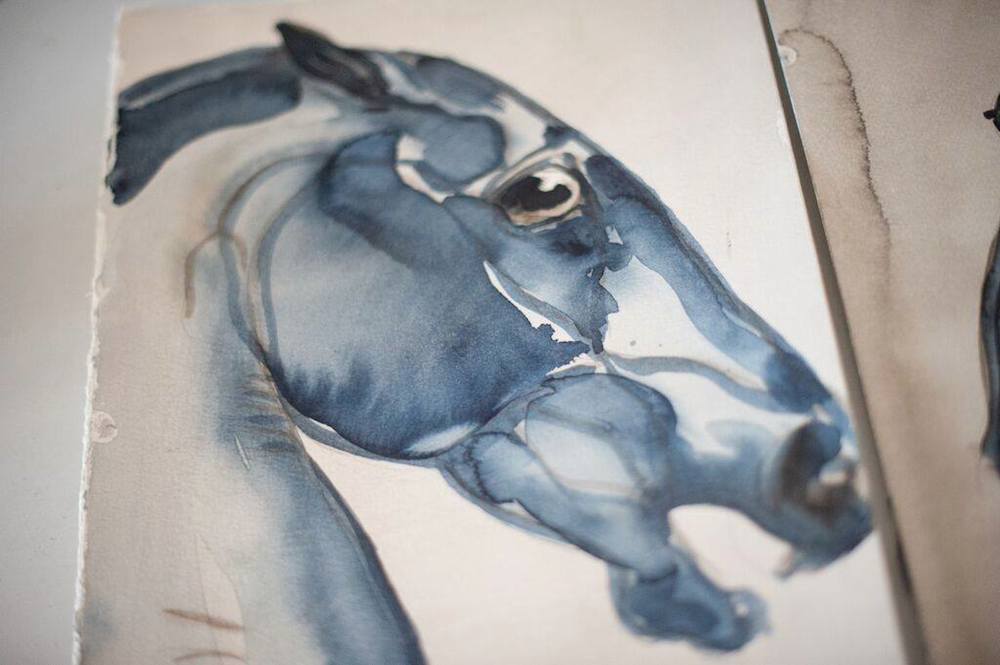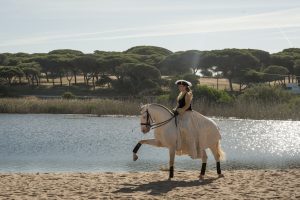
Classical Equitation in the Algarve
Algarve, is the southernmost province of Portugal, famous for it’s breathtaking mediterranean coastline, hot summers and mild, short winters, its friendly, laid back people, top golf courses, delicious traditional cuisine and stunning scenery.
We have discovered in the heart of this exotic area there is a equestrian escape where you can enjoy beautiful, well trained Lusitano horses and have a great riding experience.
The WOW Factor
The riding establishment called Centro Equestre Lusitanus is owned by the charming couple, João Pedro and Iris Miranda. To find out more we arranged to meet João and Iris one very early morning at a fabulous beach where a wide river meets the ocean. When we arrived João and Iris were already waiting for us with two handsome, braided Lusitanos – a stallion and a mare and what’s more our hosts were dressed up in 18th century costumes. So all we could say was ‘Wow’, what a first encounter!
 Needless to say, it all made for a wonderful photographic opportunity, we had so much fun. Once finished we followed them back to their riding centre Quinta das Cinco Ferraduras – The Five Horseshoe Farm.
Needless to say, it all made for a wonderful photographic opportunity, we had so much fun. Once finished we followed them back to their riding centre Quinta das Cinco Ferraduras – The Five Horseshoe Farm.
It is clear that João Pedro and Iris’ are both passionate about everything equestrian, both have been riding since they were very young and decided very early in life that they wanted to have professional equestrian careers. João Pedro is from Vila Franca de Xíra close to Lisbon, where he was fortunate to have several years of training with grand classical master, Luís Valença, he performed regularly in the famous Valença shows. Later on João expanded his knowledge within the German doctrine and developed the competition side of his riding with the army in Mafra. Here João Pedro obtained his riding instructor status, in fact he was ranked first in his course 2002. João Pedro stayed with the military school as a riding instructor for some years and also had the opportunity to take part in their shows and compete in several disciplines. Iris is from Algarve but at the age of 15 she moved to Vila Franca to attend the Equine Management course, which then led her to be a riding instructor by the Portuguese Equestrian Federation. Iris has also for many years competed successfully in dressage at national level.
Four years ago, having worked with Lusitano breeders and at a variety of different riding centres, João Pedro’s and Iris’ lives took a whole new direction. They came together with business partner Ana Afonso Mateus to take on the riding school where Iris rode as a child, Quinta das Cinco Ferraduras. Grabbing the opportunity they began to build the foundations for their own classical riding centre.
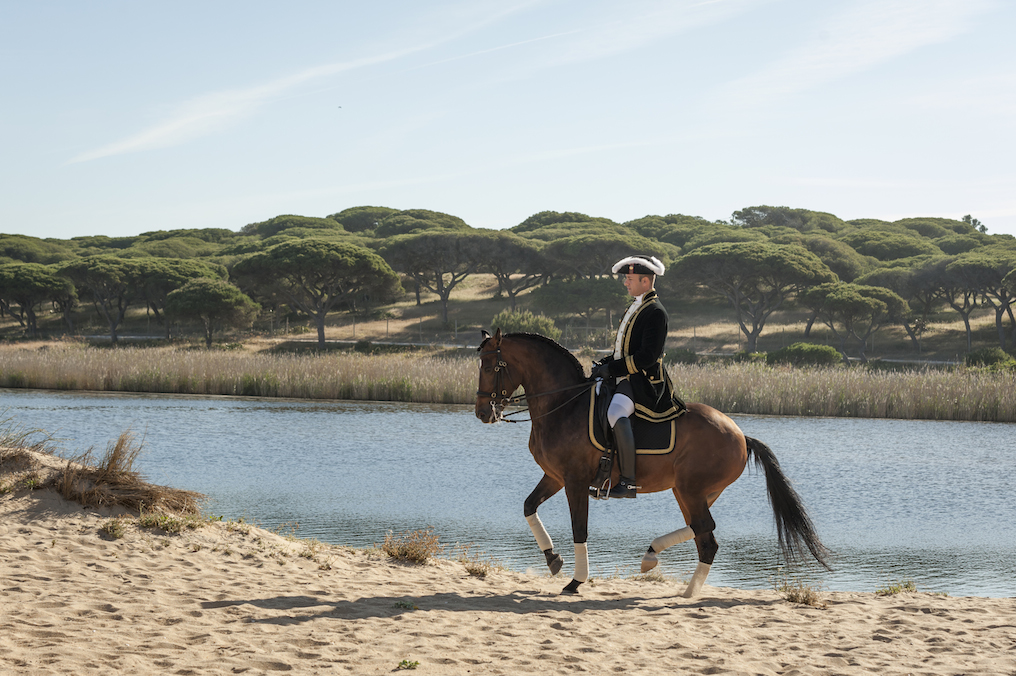
I could not help but feel inspired by this lovely couple and all they have achieved.
In fact even while we were chatting there was a hive of activity in the stables, six horses, three dark and three grey, was being prepared. It turned out João Pedro and Iris had planned to give us a classical display together with four of their students. We were led down to the spacious outdoor arena where we could sit back and enjoy a show seated on beautiful old stone seats under the shade of lovely trees. It was great, we were made to feel really special.
After the show we visited the closest town, Loulé, for a very pleasant lunch at a vegetarian restaurant with a wide range of freshly pressed fruit drinks.
The afternoon plan was to see Iris and João Pedro give some of their students dressage lessons as well as learn more of the competition side of their riding. They showed us well trained horses of various ages and educational levels.

Great Bonus
The day ended with yet another surprise, an in-hand display in the indoor arena, a horse was elegantly shown in piaffe, spanish walk, levade and pesade by João Pedro together with a student. When it was time to leave we were feeling really satisfied with all we had experienced – João Pedro and Iris really managed to show their diversity, we can’t wait to visit them again.
Both João Pedro and Iris are qualified riding instructors in the Portuguese Equestrian Federation, national dressage judges, competition riders as well as directors and riders of their superb classical shows. All the horses at Centro Equestre Lusitanus compete in dressage, many at a high level.
Centro Equestre Lusitanus
even has their own dressage team made up of riders at all ages who are competing successfully in the regional championship. Alongside this the students and all horses regularly take part in the classical shows and displays.
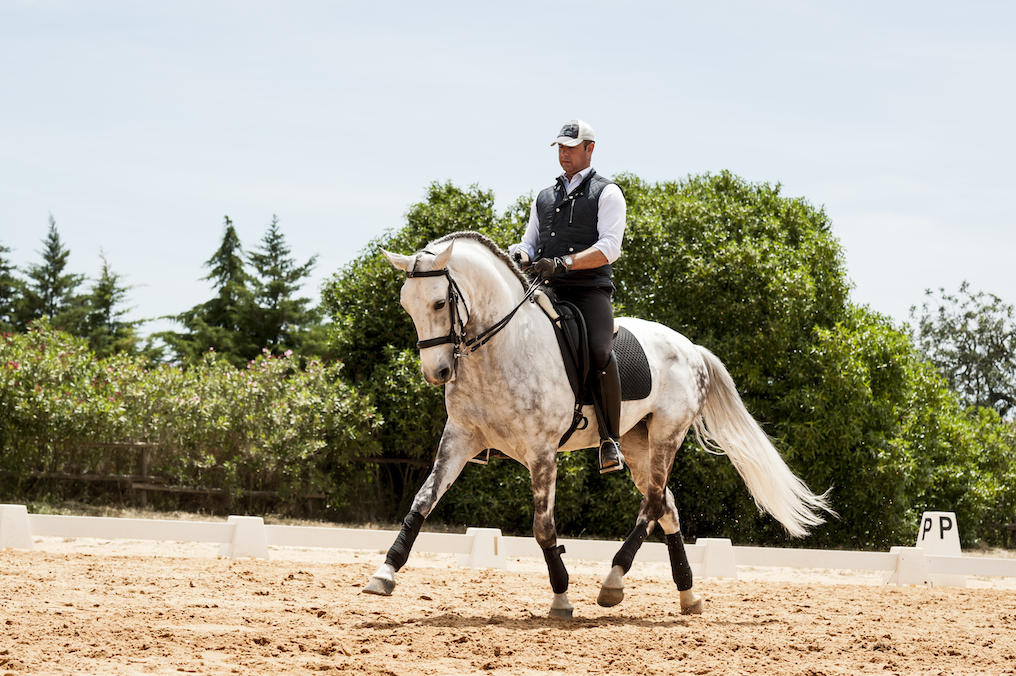
The riding and training philosophy at Centro Equestre Lusitanus -is a fusion of classical and competitive dressage principles, as João Pedro says:
“Our riding philosophy respects the very best of what each riding discipline offers in competition dressage and classical dressage. In applying methods and techniques from each style our goal is always that the horses are calm, forward going, straight with impulsion, flexibility and execute the exercises correctly”.
João Pedro explains
that they devote much of their time to training of horses and students, their aim is to promote the practice of good horsemanship and to promote the qualities of the extraordinary Lusitano horse which by many is considered the world’s best saddle horse.
Today João Pedro and Iris have 27 horses in their care out of which almost all are Lusitanos ranging from youngsters to horses established at Grand Prix level. Many of the horses are also to trained to perform movements not executed in the competition arena such as spanish walk, levade, bows and more.
The equestrian holidays
offered at Centre Equestre Lusitanus place the needs and wishes of the clients at the front. With João Pedro and Iris it is all about flexibility so their holiday riding programs are all carefully tailored, each riding package is designed based on the wishes of client. During your stay you can have –
- Classical dressage lessons
Long reins work in hand lessons
Specifically dedicated dressage lessons with corrective exercises
Competition tips and exercises
Riding Out
There is also the possibility to hack out in the beautiful surroundings and even beach rides when the season allows it. All of this can also be combined in whatever way you may wish for. Riders at all levels are welcome to stay for however long they want and to have as many lessons per day as they wish.
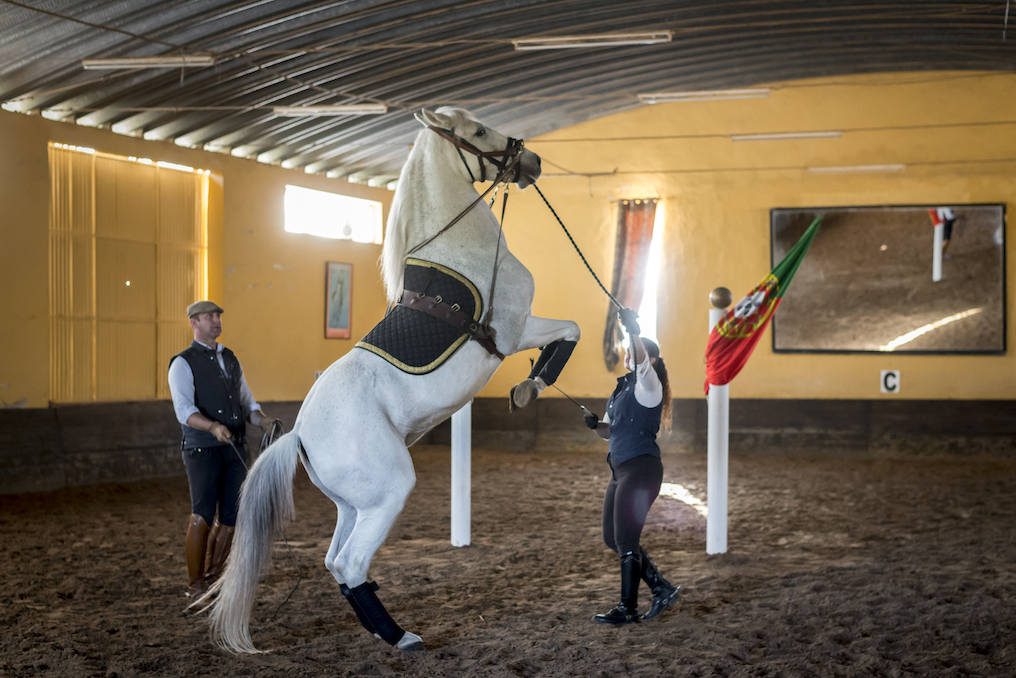 Centro Equestre Lusitanus is situated at Quinta das Cinco Ferraduras, in Loulé in the centre of what is often referred to as Algarve’s Golden Triangle.
Centro Equestre Lusitanus is situated at Quinta das Cinco Ferraduras, in Loulé in the centre of what is often referred to as Algarve’s Golden Triangle.
The Golden Triangle is made up by the towns – Vilamoura, Quinta do Lago and Vale do Lobo – known for having some of the best beaches in the world, great golf courses, and fabulous cuisine with fresh fish available at more or less every restaurant. You can go surfing or visiting Vilamoura Marina – it’s regarded as one of Europe’s best – or why not take a trip to one of the many small, old, villages with narrow cobbled streets and visit the local market or find a small hidden restaurant where sardines are grilled out on the street.
Centro Equestre lusitanus
is only 15 minutes away from Faro airport and the accommodation for your stay is too flexible. Algarve is not short of hotels and golf resorts, João Pedro and Iris have good collaboration with a vide range of places to stay, all from local accommodation in Loulé a few kilometres away from the beaches, to four and five star hotels and resorts, you choose what suits you best. They help with airport transfer, car rental, and if needed, and within distance, they can take you to and from the riding centre during your stay.
We hope to see you soon riding in Portugal’s southernmost region.
BOOK YOUR HOLIDAY WITH US
To find out and book your holiday email us with your requirements
- Length of stay
- Type of lessons and how many
- Type of accommodation
Editorial by Hanna Larsson and Photography by Bruno Barata first published 2015


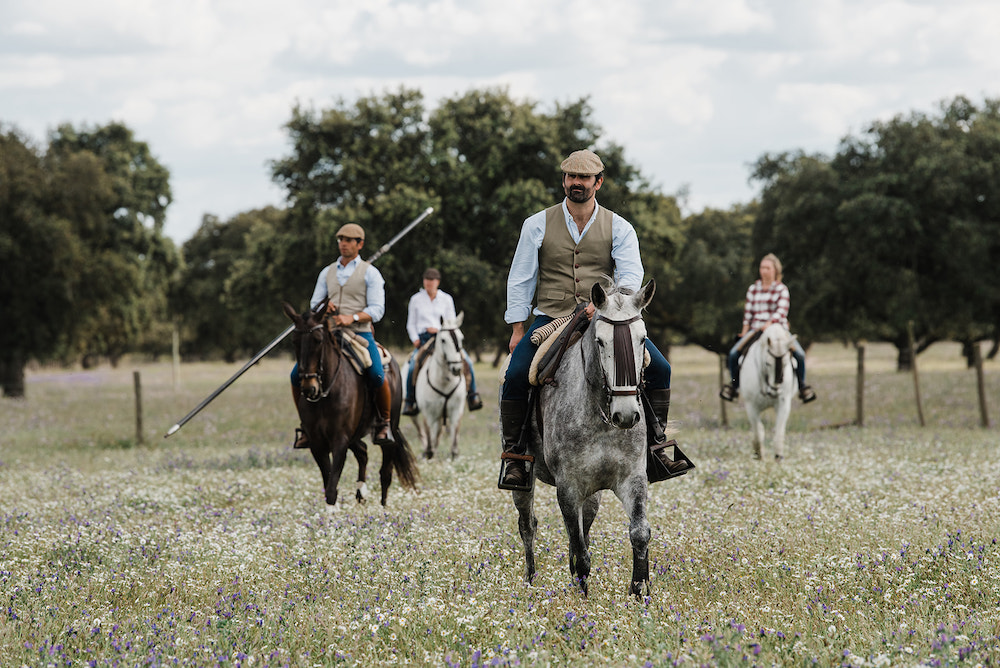

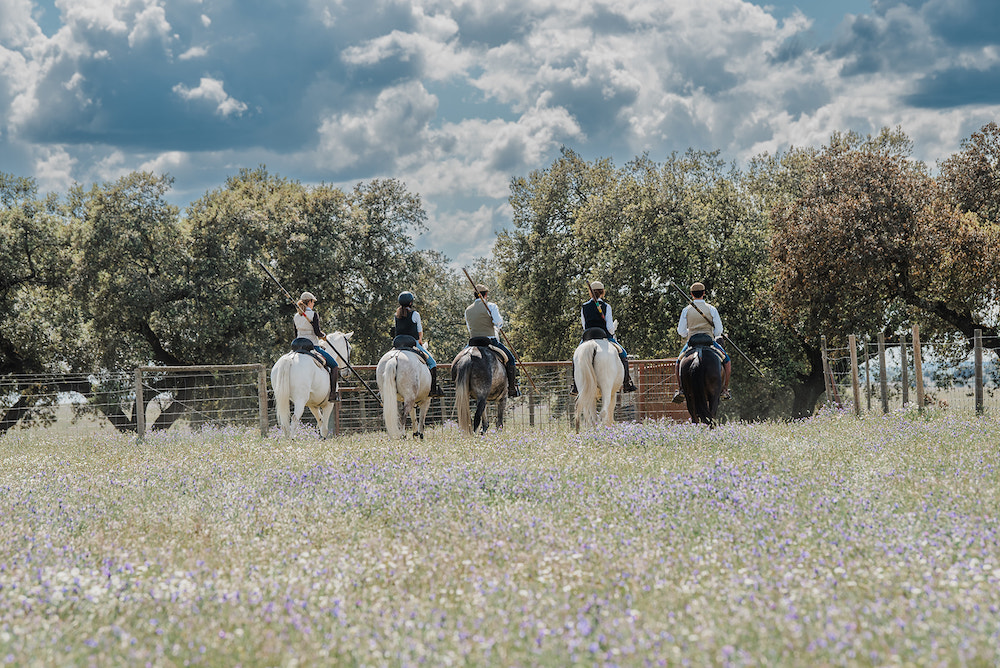
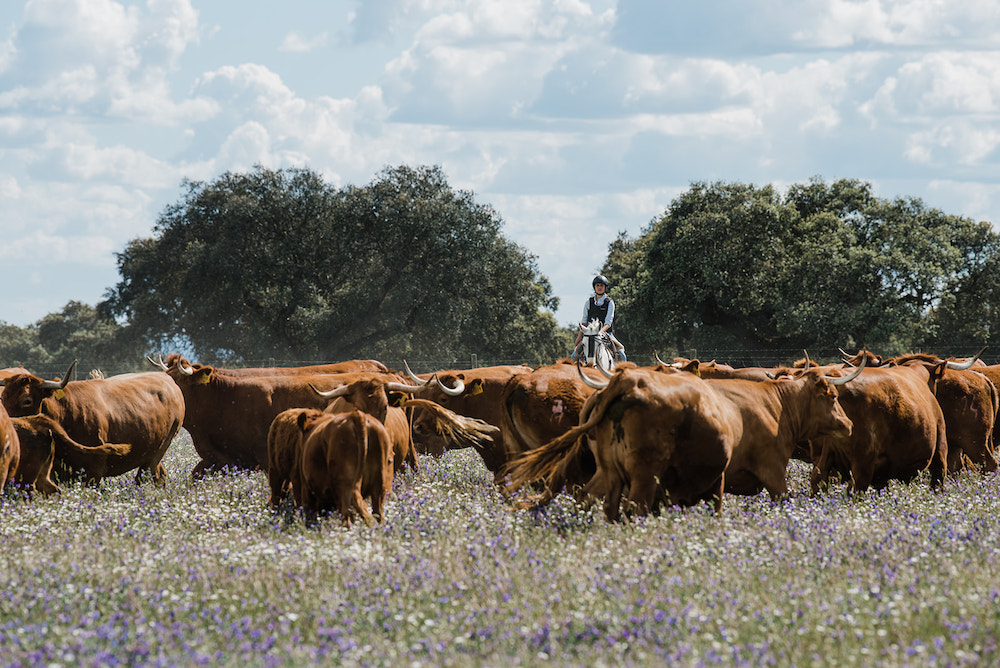
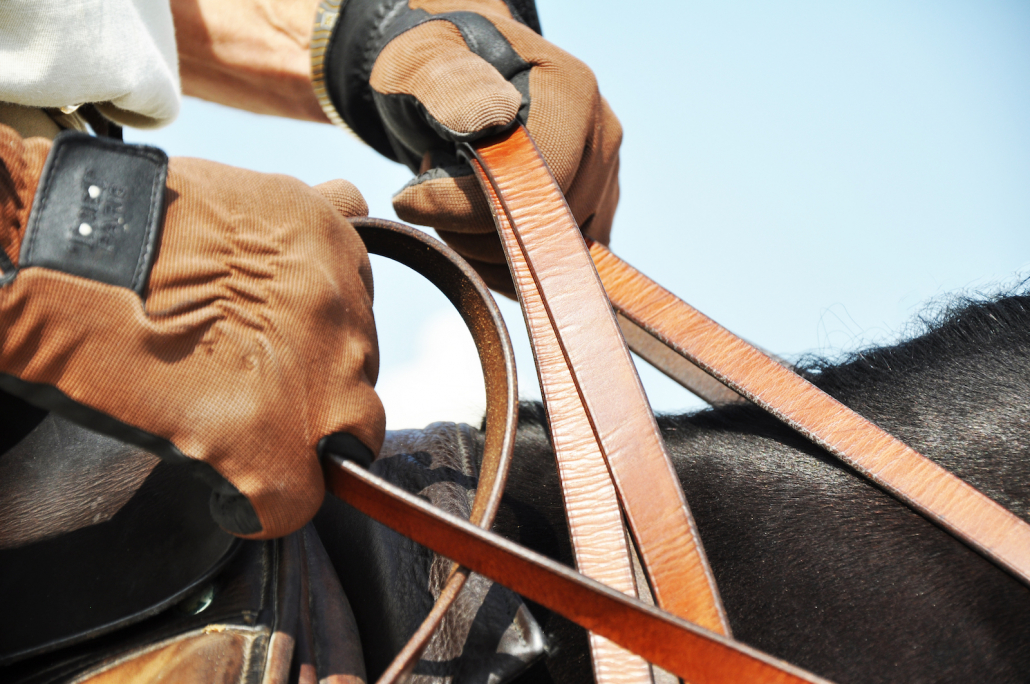
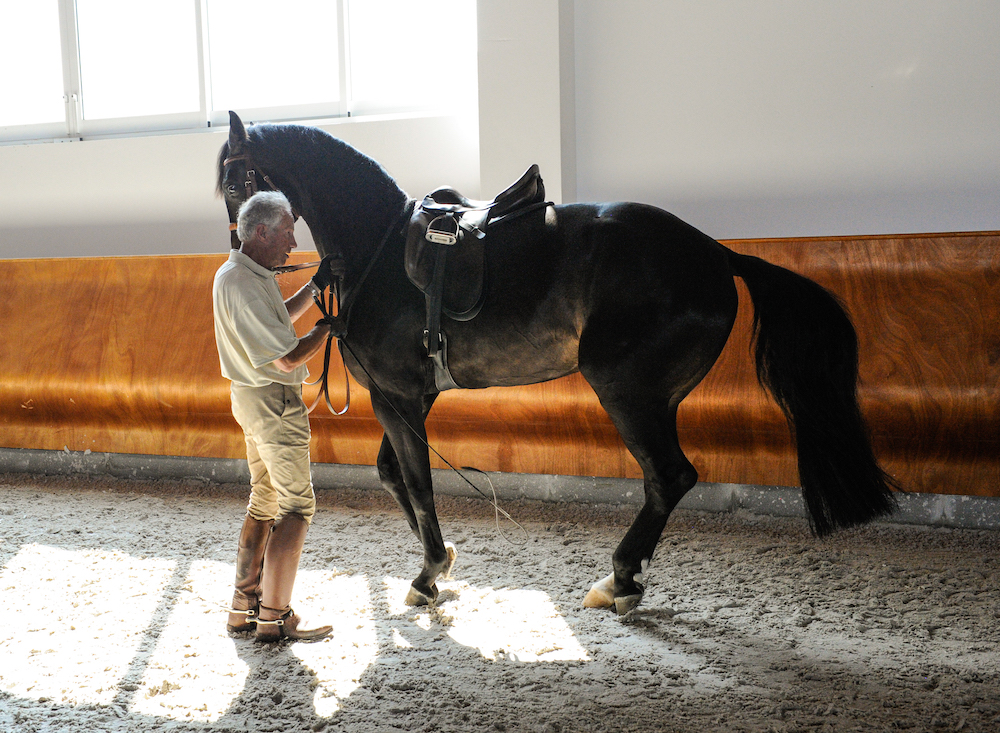
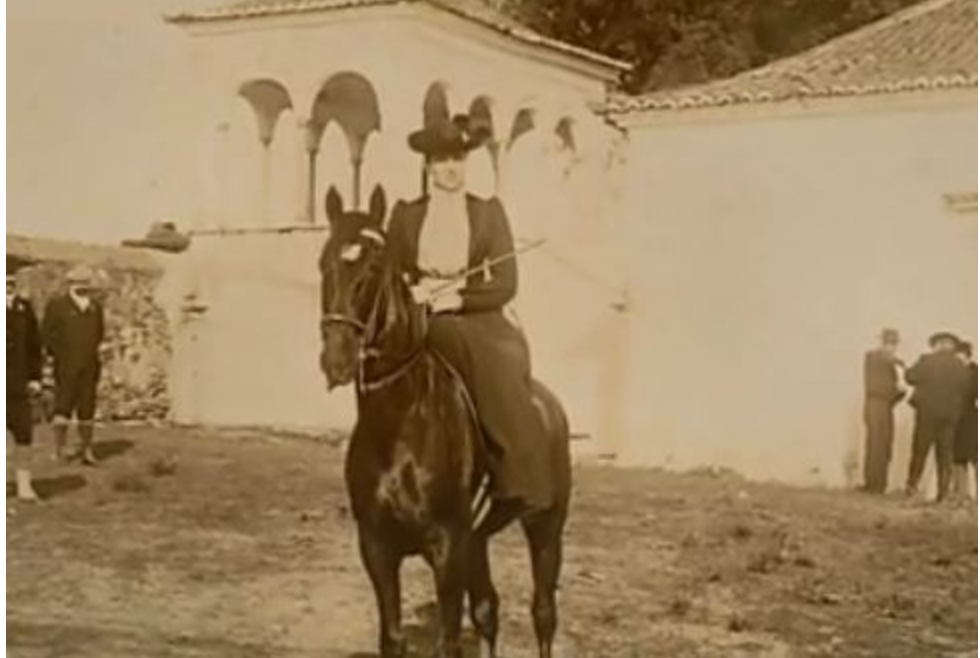
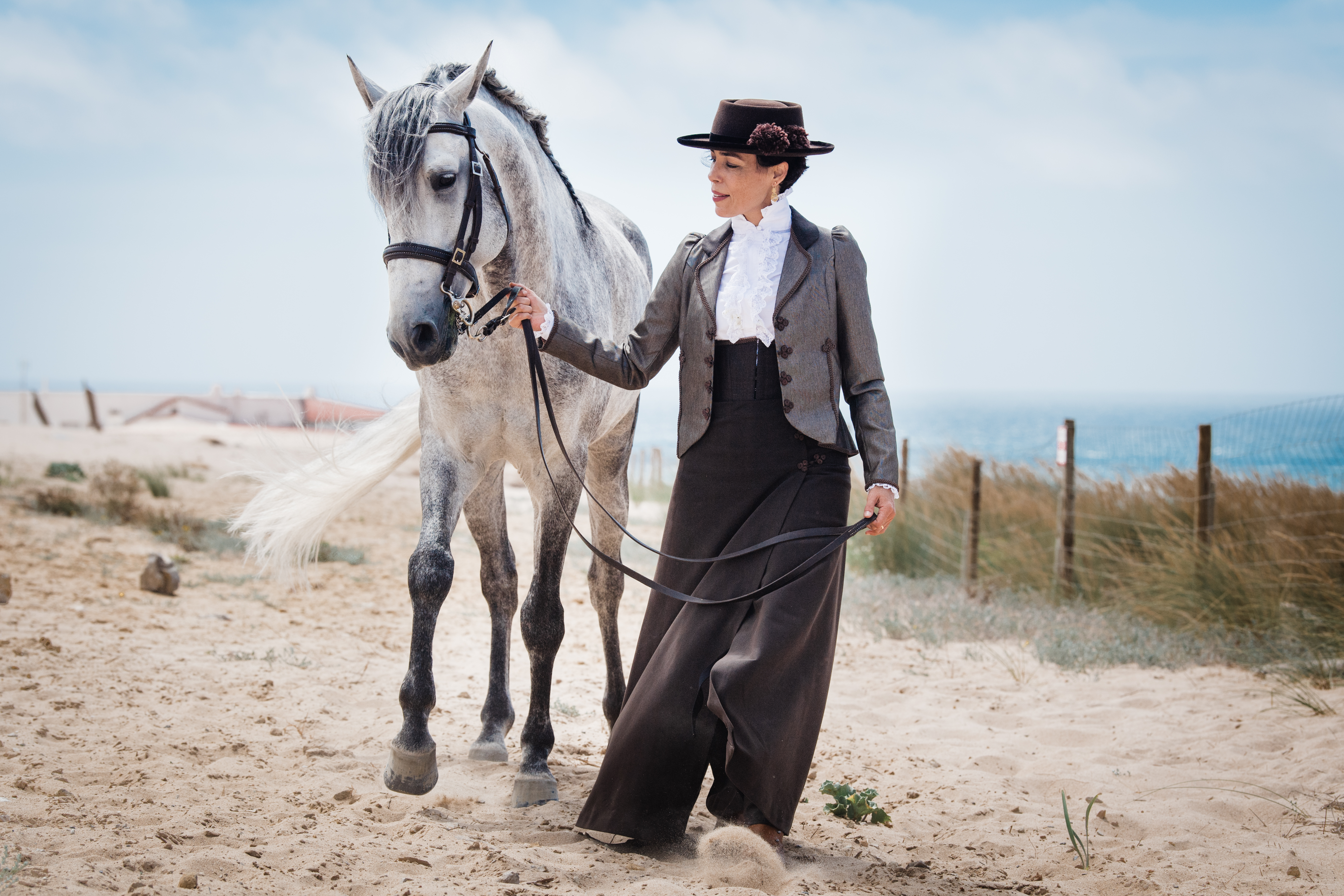
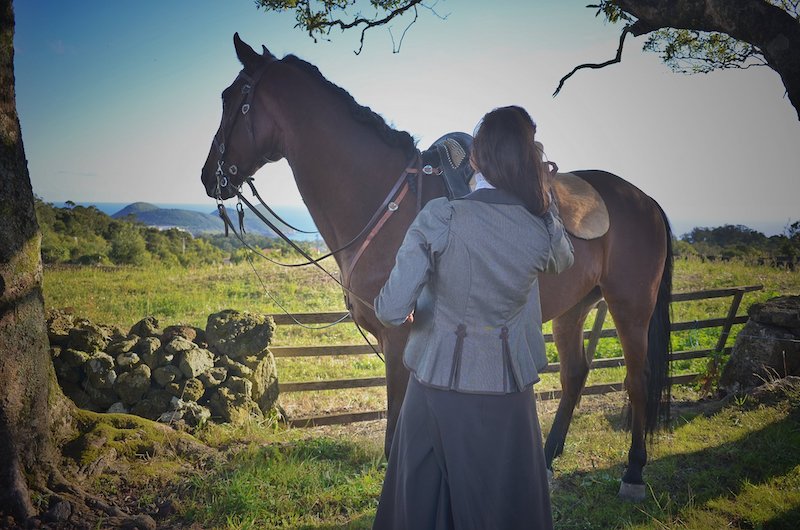
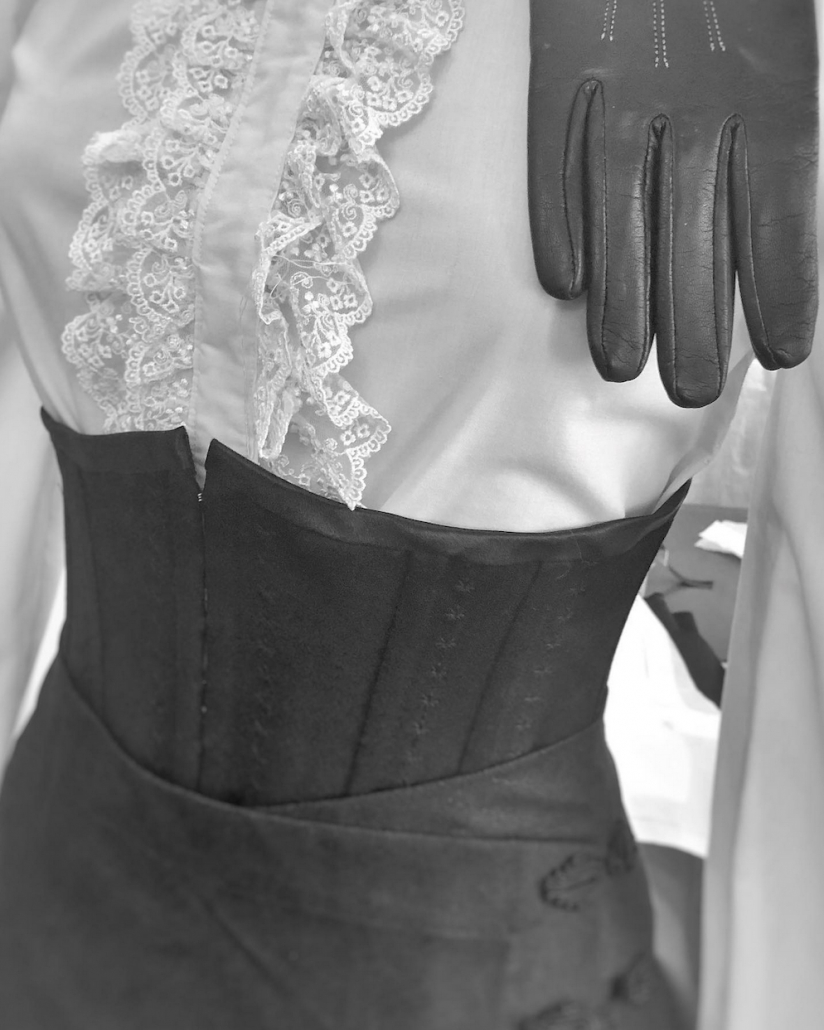
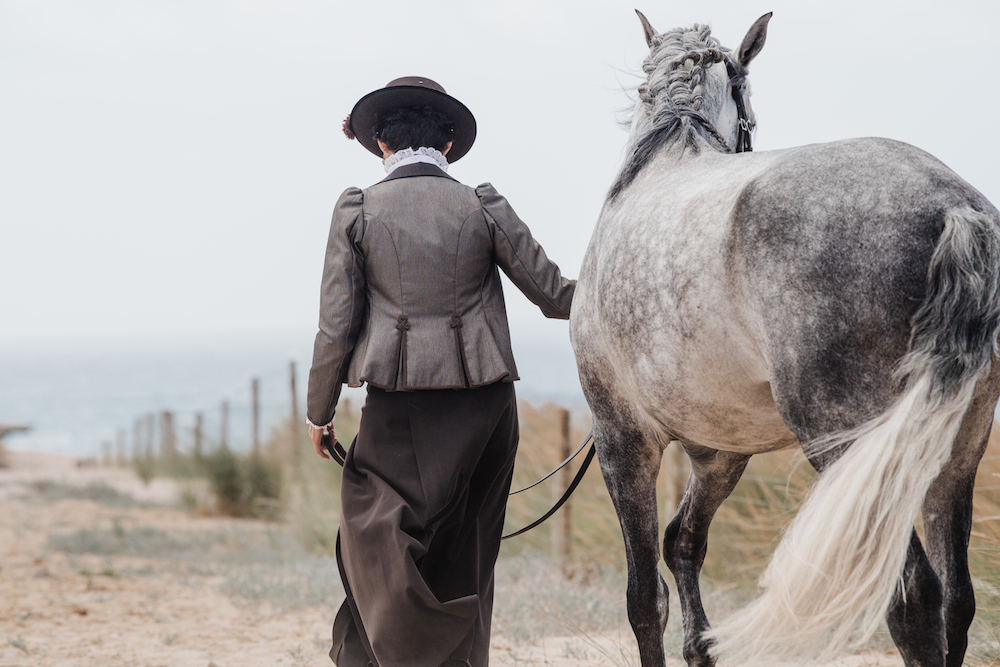

 Needless to say, it all made for a wonderful photographic opportunity, we had so much fun. Once finished we followed them back to their riding centre Quinta das Cinco Ferraduras – The Five Horseshoe Farm.
Needless to say, it all made for a wonderful photographic opportunity, we had so much fun. Once finished we followed them back to their riding centre Quinta das Cinco Ferraduras – The Five Horseshoe Farm.


 Centro Equestre Lusitanus is situated at Quinta das Cinco Ferraduras, in Loulé in the centre of what is often referred to as Algarve’s Golden Triangle.
Centro Equestre Lusitanus is situated at Quinta das Cinco Ferraduras, in Loulé in the centre of what is often referred to as Algarve’s Golden Triangle.
